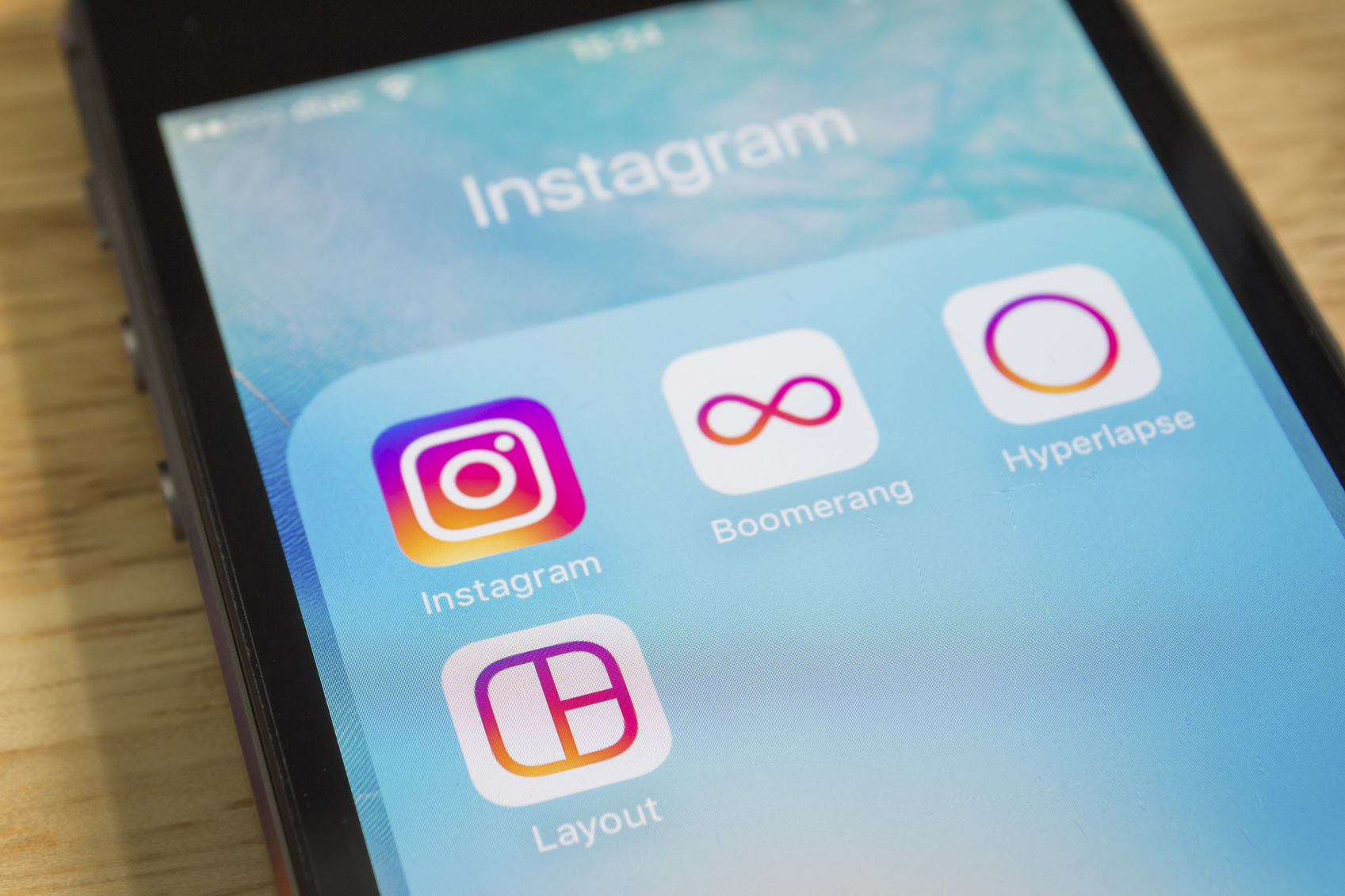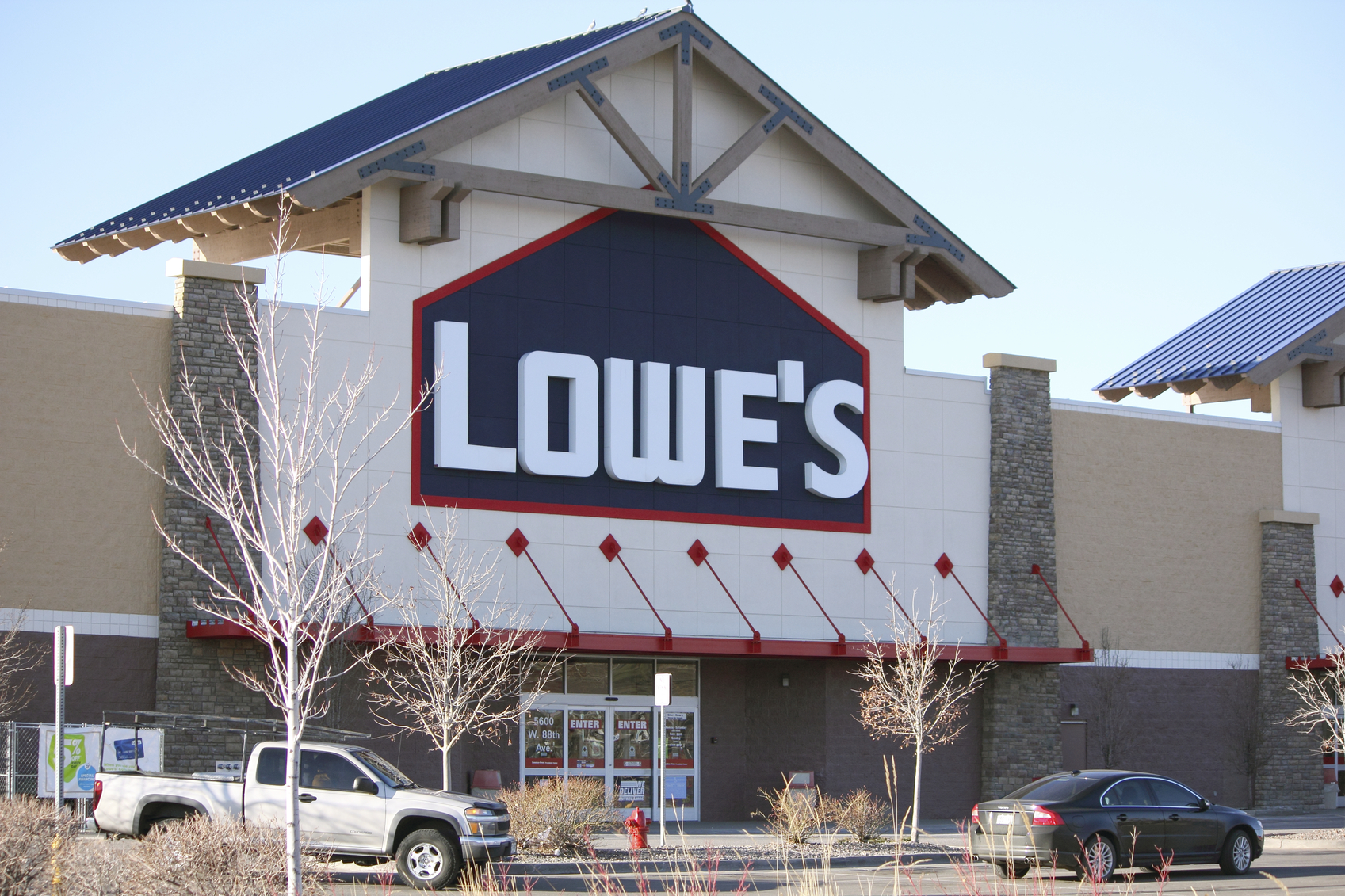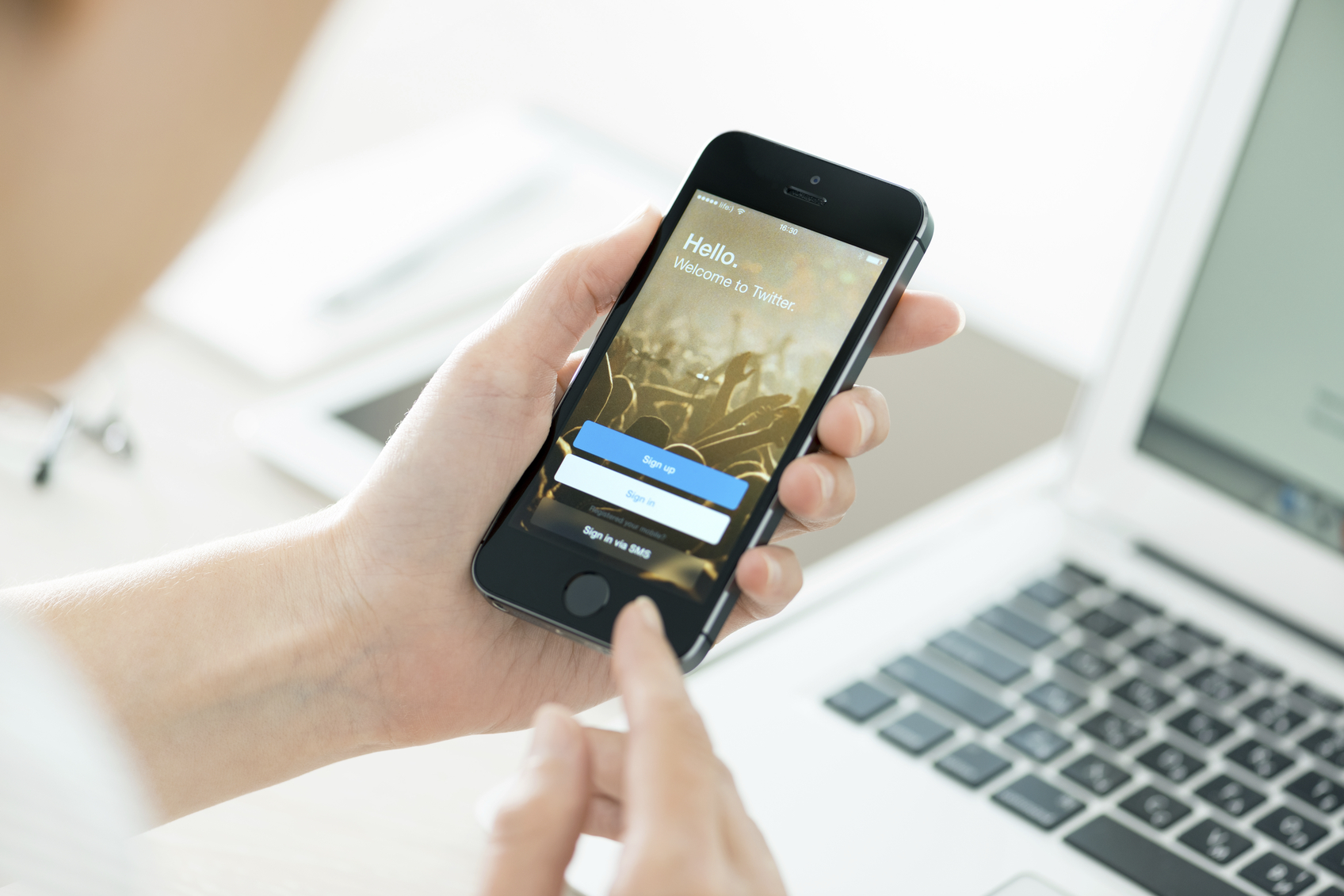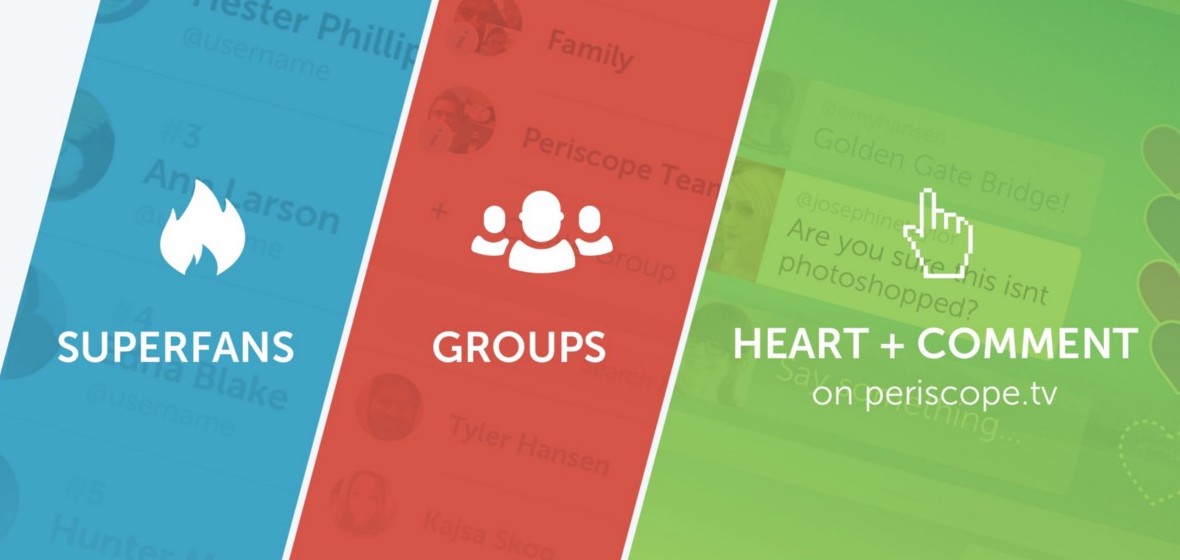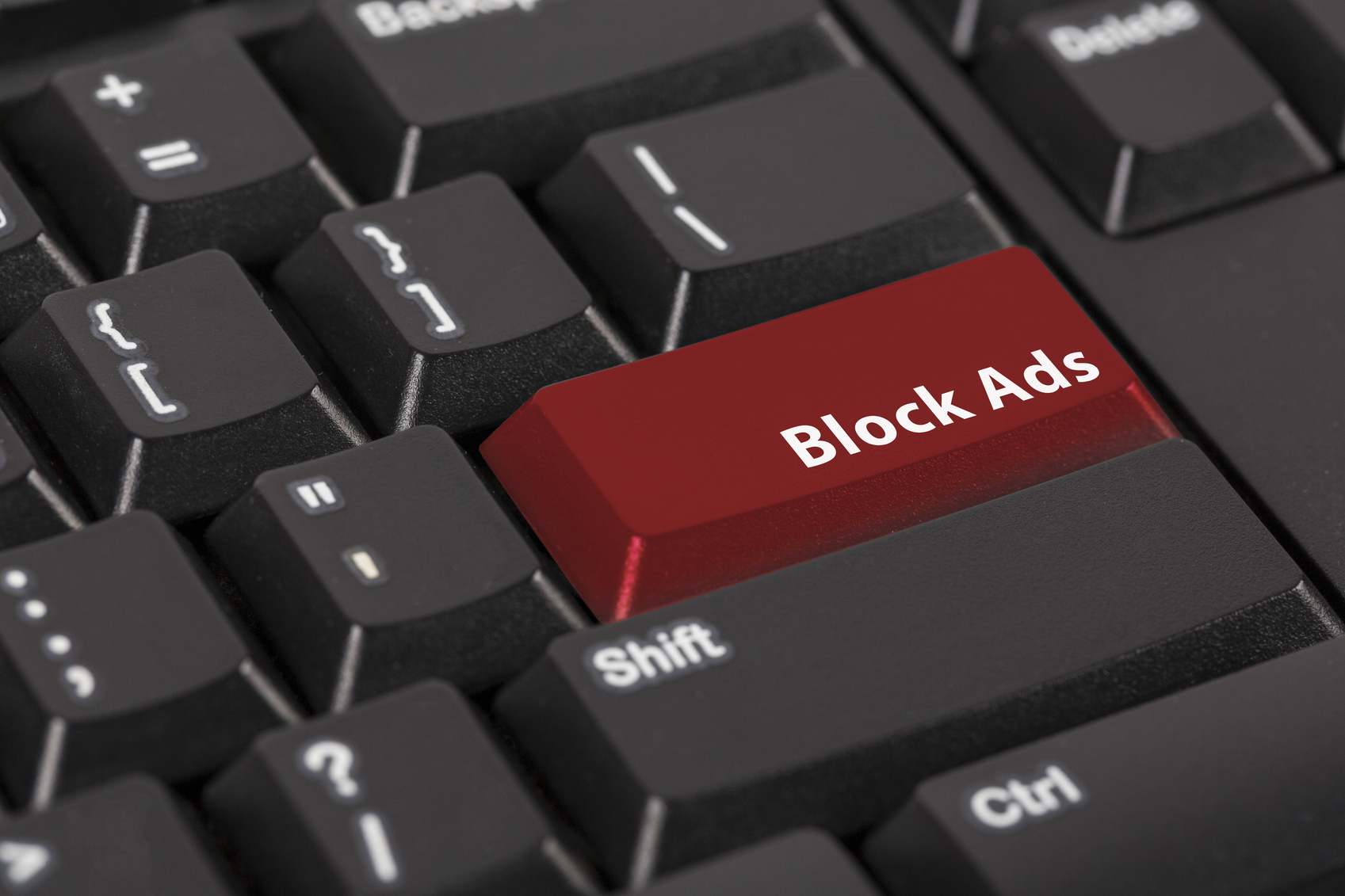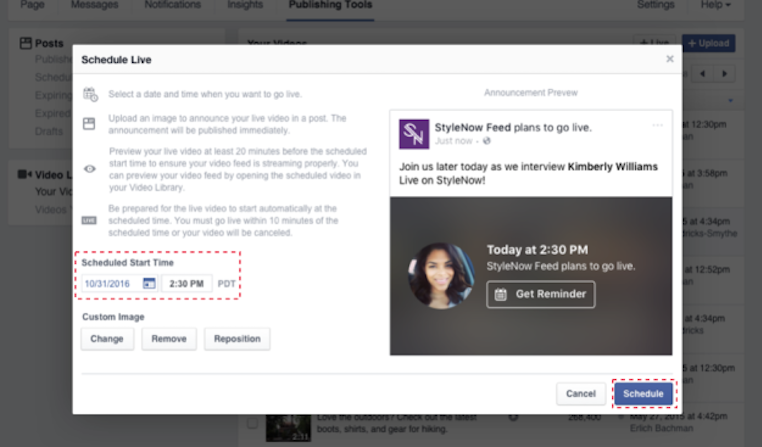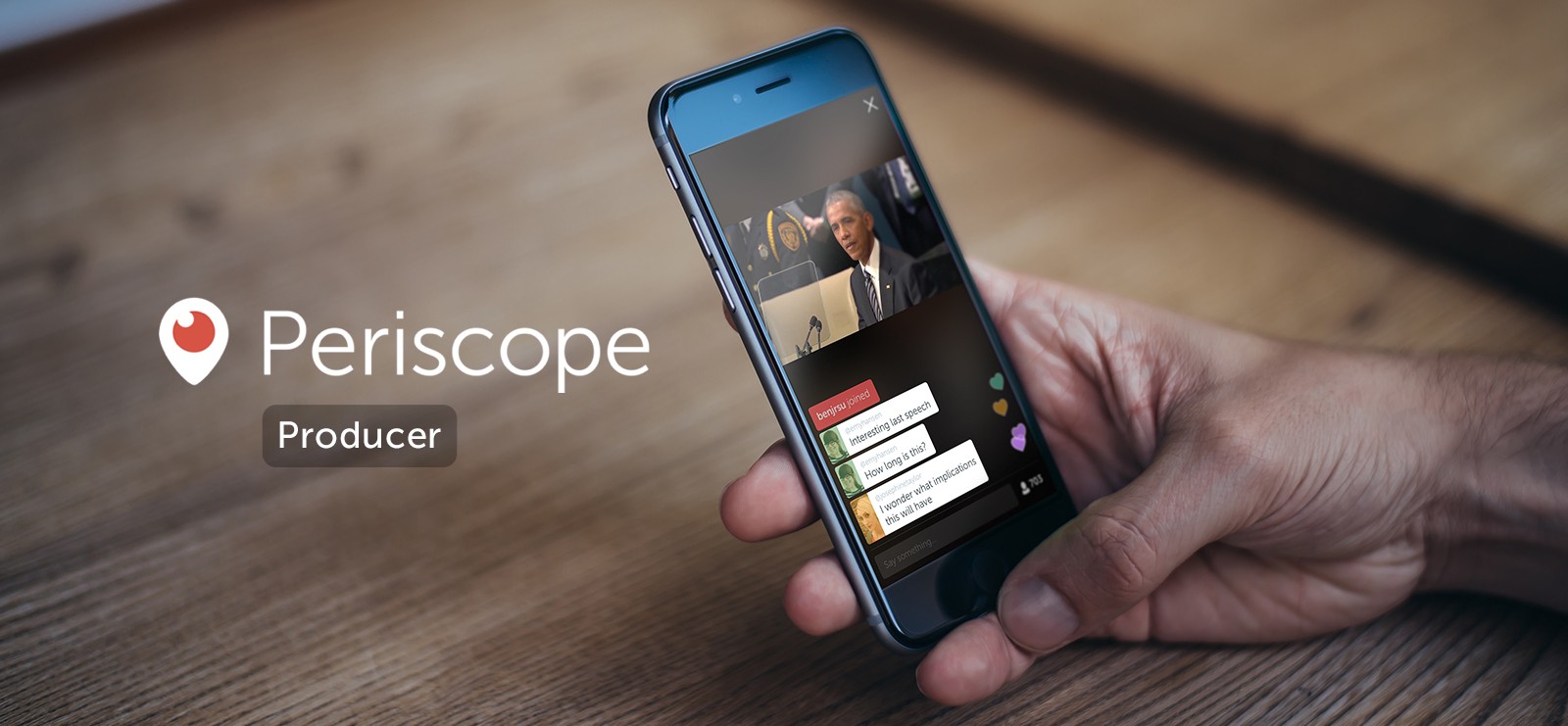What Happened
BAMTech, a streaming tech company co-owned by Disney and the Major League Baseball, has picked up streaming rights to League of Legends tournaments, one of the biggest eSports franchises in the world. The company reportedly signed a deal north of $300 million with Riot Games for the exclusive rights to “stream and monetize” the massively popular video game tournament. In addition to taking over the tournaments’ distribution on existing streaming channels such as Twitch and YouTube Gaming, BAMTech plans to launch a dedicated streaming service for the LoL tournaments across various platforms.
What Brands Should Do
The massive acquisition underscores what a massive force of nature eSports live streaming has grown into in the media landscape. It easily commands millions of global viewers, a number that dwarfs most network TV programming today. In October, more than 43 million viewers worldwide watched online a League of Legends esports championship held at the Staples Center in LA. Some early-adopting brands, such as Coca-Cola and Geico, have been sponsoring eSports events to reach its young, male-skewing audience. More brands should consider leveraging the massive reach of eSports events to reach consumers via sponsorships or ads.
Source: The Wall Street Journal

